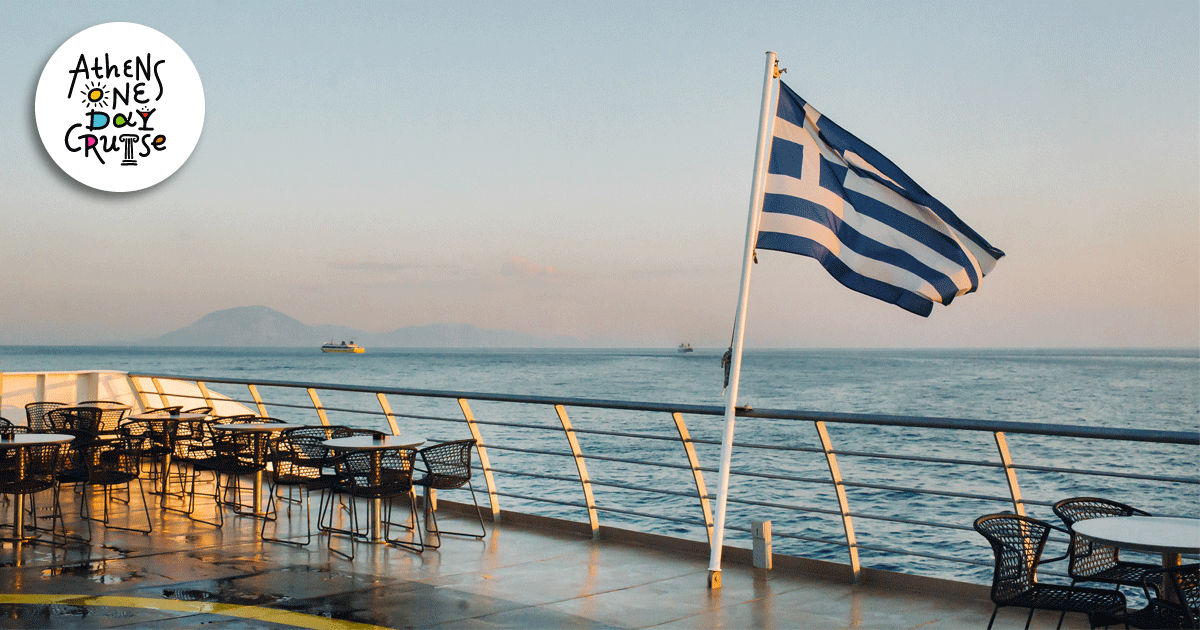
Aegina: The island of "artists"
Regarding Aegina and its relationship with the artistic life of Greece, one can discover many interesting stories.
When we delve into the past, the enchanting island of Aegina unveils a rich tapestry of stories woven into its artistic heritage.
Nikos Kazantzakis, one of the greatest writers of his era, bestowed his reverence upon this island. Yet, he wasn't alone. Alongside Kazantzakis and his spouse, Aegina attracted a constellation of intellectuals and artists who fell in love with its allure.
The erudite Kostas Varnalis would often spend entire summers on the island, yearning for the perfect abode that would keep him there indefinitely. It was only natural that Aegina would become an inseparable part of his creative journey.
Another luminous figure is the acclaimed visual artist Nikos Nikolaou, whose Aegina residence has been transformed into a museum showcasing his exquisite paintings. Alongside him, his close friend, the painter Yiannis Moralis, contributed to the island's artistic legacy.
The legendary Nobel laureate Odysseus Elytis cherished wandering through the island's alleys and beachfront, finding inspiration in its summer evenings, which he beautifully portrayed in his works, capturing the island's beauty and harmony.
Indeed, all these artists found their unique ways of expressing their connection to Aegina, forming a vibrant artistic community. Musicians graced the island with their melodies, including the renowned bouzouki player Giorgos Batis, who performed in the park next to the Town Hall, and Sotiria Belou. Painters, such as Andreas Vourloumis, depicted Aegina's essence through their masterful watercolors.
Sculptor David Kennedy made a life-changing decision, leaving London to settle permanently in Sfentouri, Aegina, in 1972. There, he drew inspiration for his remarkable animal sculptures. His artistic journey began humbly, as a struggling painter without the means to purchase canvases and paints. It was the sculptor Christos Kapralos who extended a helping hand, providing Kennedy with the funds to buy a knife and a piece of wood. This pivotal moment led Kennedy to explore the world of sculpture. As for Kapralos, Aeginites may already be familiar with his workshop in the Plakakia area, where his sculptures, all crafted on the island, are proudly displayed, doubling as a museum.
At the heart of this artistic community was a beloved gathering spot: Panagakis tavern in the island's port, which still stands today. For decades, Panagakis served as the favored haunt of scholars, musicians who etched history into their songs, artists, and actors from Greek cinema. It was a place where renowned patrons, oblivious to the future value of their works, coexisted without competition. They were united in their devotion to their respective arts while savoring the simple everyday moments against the backdrop of the island they held so dear.

